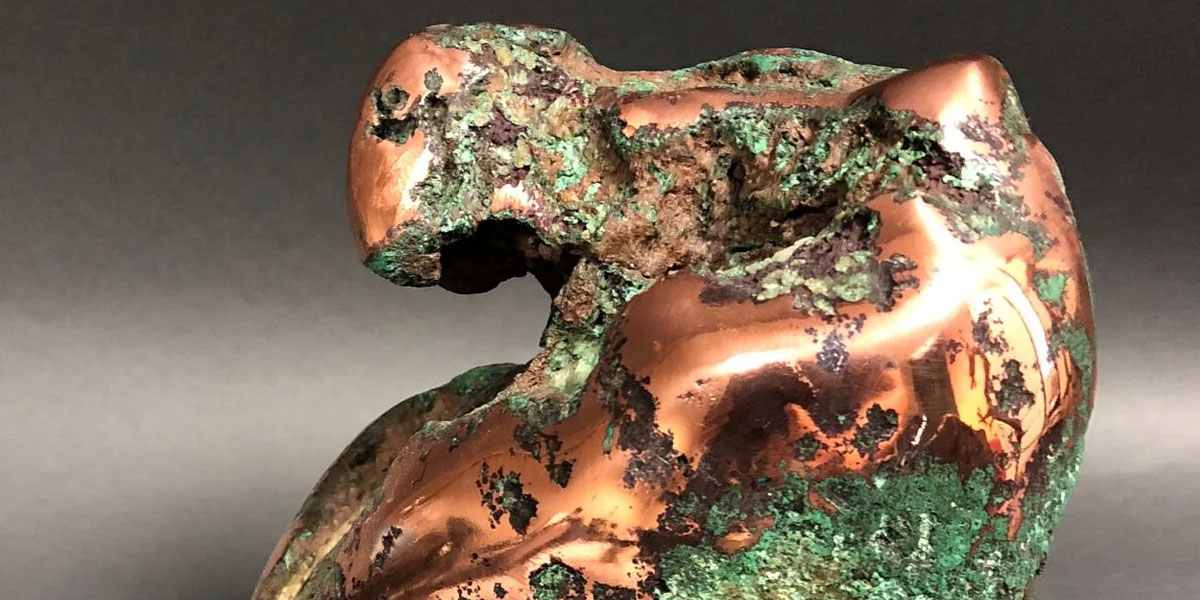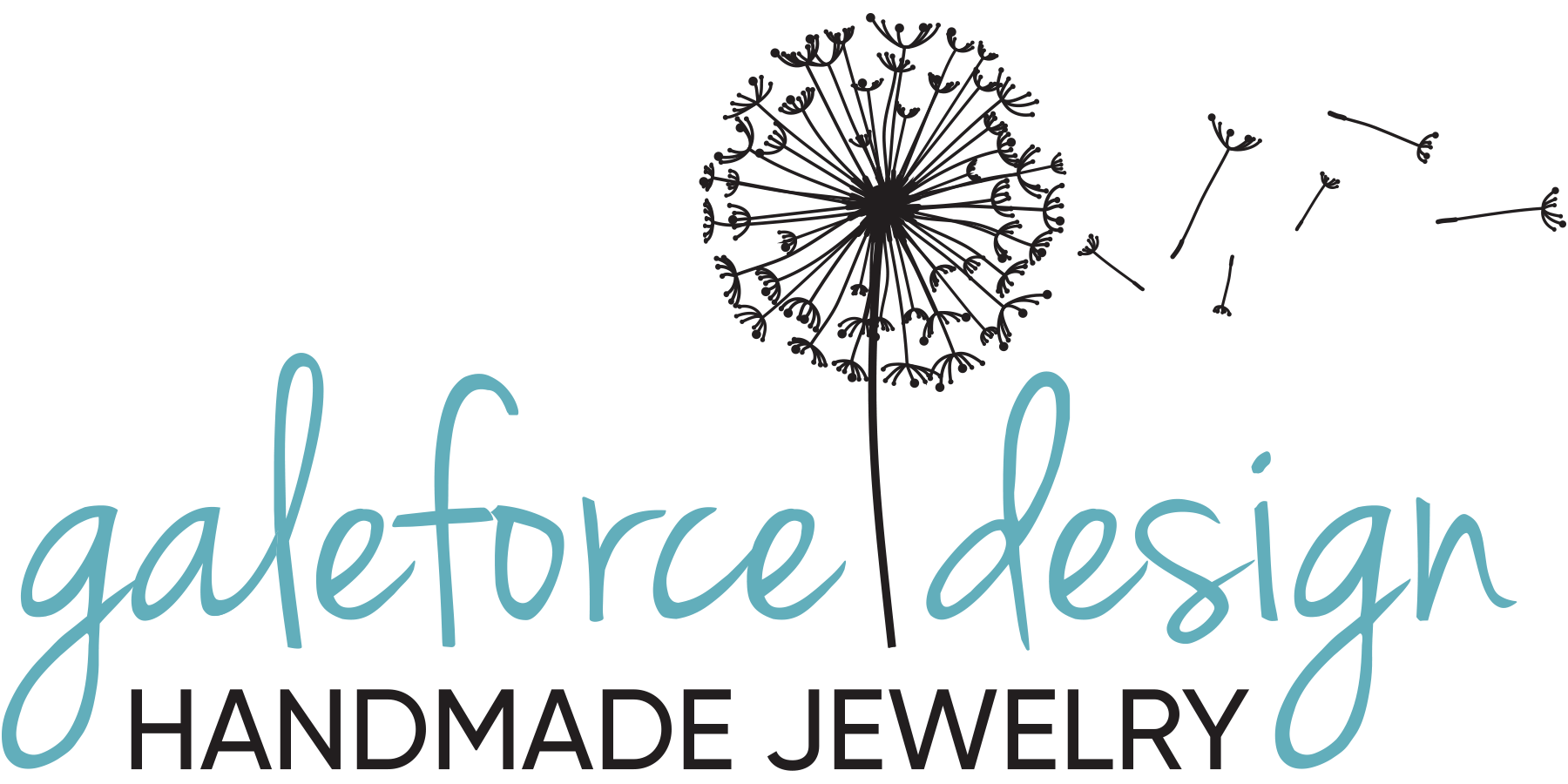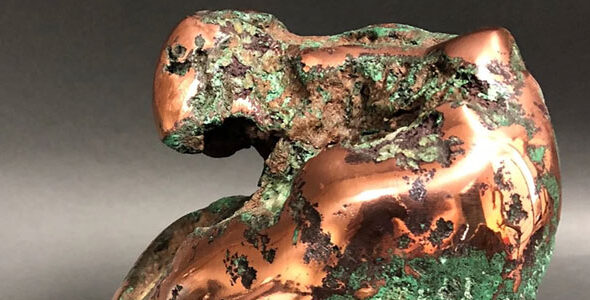
Delve into the fascinating world of copper—a versatile metal that shapes our homes and human civilization. From its unique reddish hue to its crucial role in technology, join me as we uncover 10 intriguing facts about this elemental wonder.
1. A Unique Reddish Hue
Copper stands out with its reddish-metallic hue, a rarity among the elements. Only gold, with its yellowish color, shares this distinction among non-silvery metals. When copper meets gold, it creates captivating tones of red gold or rose gold, showcasing the artistry of alloys.
2. One of Humanity’s First Metals
Copper is one of the earliest metals manipulated by humans. Along with gold and meteoritic iron, it was found in pure forms in nature. Dating back over 10,000 years, copper’s legacy is clear; Otzi the Iceman, from around 3300 BCE, wielded an axe made of nearly pure copper. His high arsenic levels hint at a possible connection to copper smelting.
3. Essential for Nutrition
Copper is vital for nutrition and plays a role in blood cell formation. It is abundant in foods like leafy greens, grains, and potatoes. These copper-rich foods are crucial for good health. However, too much copper can lead to jaundice, anemia, and the unusual blue tint of diarrhea!
4. The Master of Alloys
Copper excels in forming alloys. It blends with other metals to create brass (copper and zinc) and bronze (copper and tin). The world of copper alloys is vast, offering many possibilities for different applications.
5. Natural Antibacterial Properties
Copper has natural antibacterial properties. In its brass form, it helps safeguard public health. Door handles made from copper can reduce the spread of germs. Additionally, copper’s toxicity to invertebrates makes it a powerful ally against marine invaders, used on ship hulls to deter mussels, barnacles, and algae growth.
6. Versatility in Industrial Use
Copper is a versatile metal—soft, malleable, ductile, and an excellent conductor of heat and electricity. It eventually transforms into verdigris, the green copper oxide seen on the Statue of Liberty. Despite this, copper remains resilient against corrosion, leaving a lasting mark on iconic structures.
7. Industrial Utility
Copper ranks third in industrial utility, following iron and aluminum. It appears in wiring, plumbing, electronics, construction, cookware, and coins. Interestingly, it’s copper in water that turns hair green in swimming pools, not chlorine.
8. Copper’s Duality
Copper exhibits duality through two oxidation states. When heated, copper(I) produces a serene blue flame, while copper(II) ignites a vibrant green flame. This color difference helps identify and distinguish these two forms of copper.
9. A Sustainable Resource
Nearly 80 percent of mined copper remains in use, making it a fully recyclable resource. Copper is abundant in the Earth’s crust and seawater. Its origins trace back to exploding white dwarfs and massive stars, contributing to our planet’s richness long before our solar system formed.
10. Complex Compounds
Copper easily forms simple binary compounds like oxide and sulfide. It also creates intricate complexes and organometallic compounds, opening a world of chemical possibilities.


